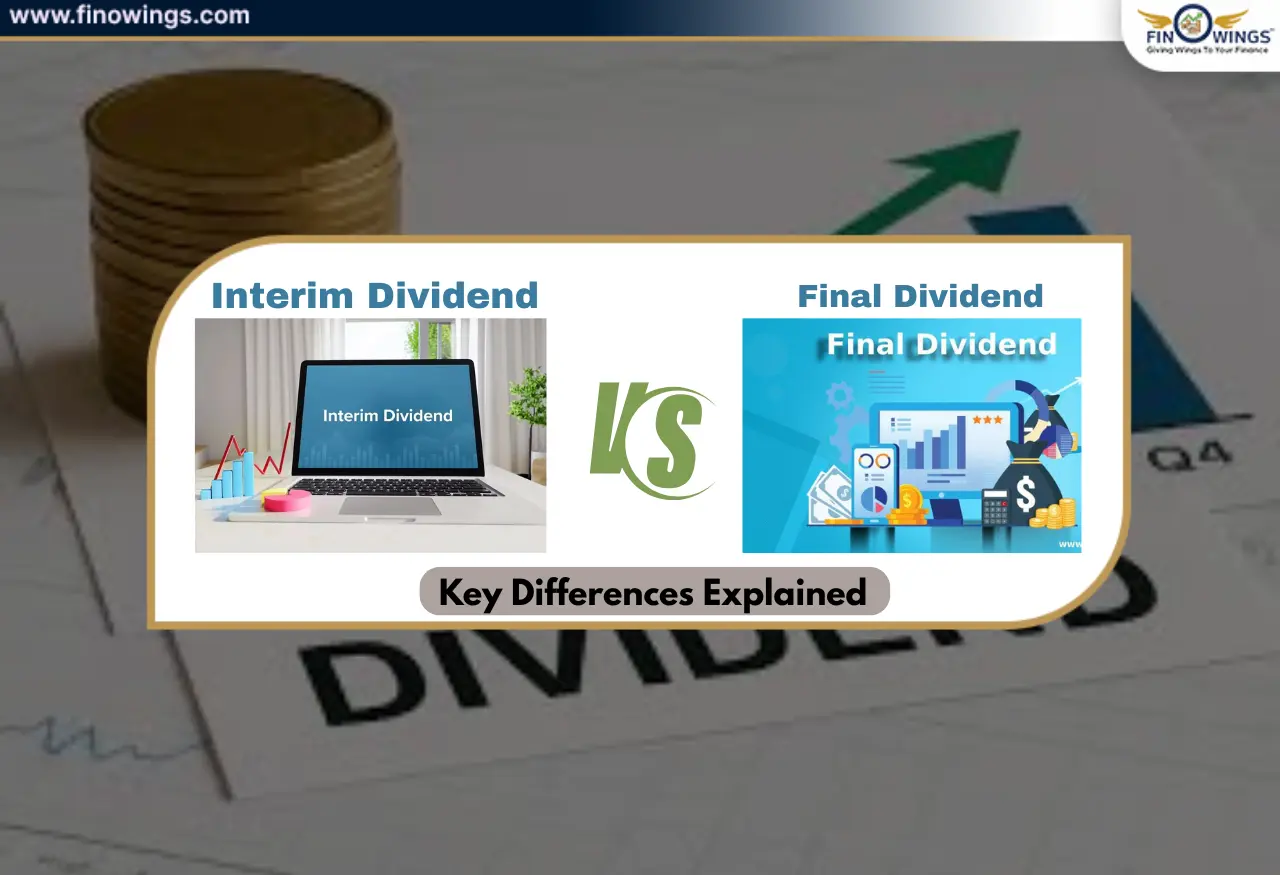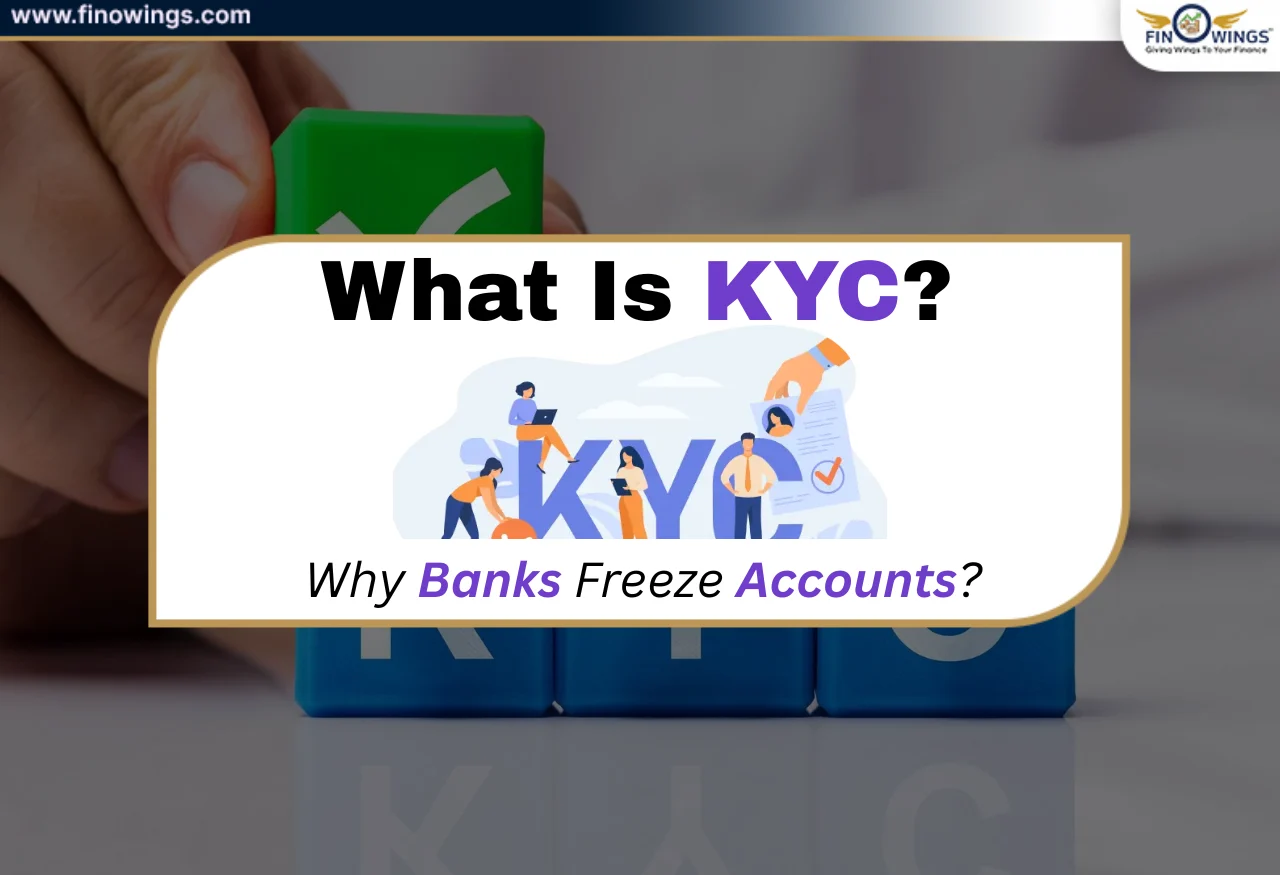Home >> Blog >> What is the fringe benefits tax?
What is the fringe benefits tax?

Table of Contents
What is the Fringe Benefits Tax? Features and Exemption
Taxes are the mandatory payments that every citizen must make to the government in order for it to be able to offer the people various services. You have to pay taxes on almost every product you purchase or service you receive.
You have to pay taxes on your earnings as well however the tax slab is vary depending on how much you earn. Basically, taxes are one of the ways, among others, that the government use to generate revenue. Your taxes' proceeds are used to fund public services like building roads, and schools, securing public areas and citizens, funding medical facilities, and more.
There are numerous tax types in a nation. We will delve further into one such tax, the Fringe Benefits Tax, in this article. The employer paid this tax on top of the extra benefits they give their employees. Let's go over the Fringe Benefits Tax in more detail.
What is the Fringe Benefits Tax?
The finance ministry first implemented the fringe benefits tax in the year 2005 as a part of the Finance Act, 2005. This was an additional income tax imposed on the employer for any additional benefits they offered to the firm's employees.
In addition to paying a salary, an employer may also offer their staff insurance, interest-free loans, accommodation, or other perks. Fringe benefits are those additional benefits that an employee receives, and the tax that is applied to them was known as the fringe benefits tax.
Any extra expenses made by the employer on behalf of the employee, such as entertainment, allotment of shares for free, hospitality, and anything else, are classified as fringe benefits and are subject to the fringe benefits tax.
In terms of the fringe benefits tax, who is the employer?
According to the definition of an employer under the fringe benefits tax, the following are the employers:
-
A business
-
A firm
-
A local authority
-
Or, an organisation of people and an individual who offer employment
All of these fall under the umbrella of employers under the fringe benefits tax, and regardless of whether they had any taxable income, they were still required to pay the tax on the extra benefits they provided to their staff.
Why do Companies Give Fringe Benefits to Its Employees?
Why businesses pay additional taxes and provide their staff with fringe benefits may be one of the most crucial questions.
The answer is very simple and clear: in the modern world, every business seeks to hire the top talent available in order to continue offering their customer better services possible and to stand ahead of their competitors.
Employers give talented people some extra benefits in order to keep them working for the company. In addition, these extra perks also encourage workers to deliver quality work.
The simple Funda applied here is of a company taking care of their employee, an employee taking care of their company. Therefore, the main purpose of these fringe benefits is to keep employees motivated and help them contribute their best efforts to a company's growth.
Features of Fringe Benefit Tax
The following were crucial aspects of the fringe benefits tax:
-
It was a tax that the employer must pay for any additional benefits provided to staff members in lieu of wages during the fiscal year.
-
This tax was payable in addition to income tax.
-
When an employer-provided an employee with fringe benefits that exceed a fixed value, this tax was due.
-
Employers were still required to pay fringe benefits tax even if they were not paid income tax.
-
Fringe benefits tax was not an allowable expenditure under the evaluation of taxable income.
Important Points of Fringe Benefit Tax
Several crucial elements of the fringe benefits tax include:
-
The tax was calculated on net expenses made by the employer on employees during the financial year.
-
The depreciation was assessed in accordance with income tax if any benefit that can be depreciated was included in the fringe benefits.
-
Regardless of whether an employee belongs to india or any other country, employers were still required to pay the fringe benefits tax.
-
The fringe benefits tax was also applied to medical reimbursement.
-
Different industries had different rates for the fringe benefits tax.
-
Employers were required to pay a 30% Fringe Benefits Tax on all of the benefits they gave their employees.
-
Multiple groups of Fringe Benefits Tax expenditures can be recorded in one ledger.
Exemption of Fringe Benefit Tax
When the tax was in effect employers were eligible for a few exemptions. The Exemptions from Fringe Benefits Tax are as follows:
-
The amount that the company paid the employee each day for transportation was not subject to the fringe benefits tax.
-
To make a contribution to the employee superannuation fund, up to INR 1 lakh was exempt.
-
Amounts spent on excursions or travel were exempt from the fringe benefits tax.
-
Up to INR 20,000 of interest-free credit to the employee was exempt from the fringe benefits tax.
Abolishment of Fringe Benefit Tax
Numerous experts have criticised the fringe benefits tax, which is why there had been numerous changes to this tax over the years. The Finance Act, of 2009 even eliminated numerous exemptions from the fringe benefits tax.
However, this tax was still being debated in India, and after facing significant opposition, the government decided to do away with the fringe benefits tax. In India, this abolishment became effective in the 2010–2011 fiscal year. Such extra benefits are now taxable in the employee's hands.
Conclusion
The employer was responsible for paying fringe benefits tax on any additional benefits given to the employee, such as accommodation, leave travel concession, medical reimbursement and so on. Throughout the fiscal year, the employer was required to pay the tax to the government. However, the tax was abolished in the fiscal year 2010-11 after the debate around it. Although this abolishment benefits the employer, the employee has to pay the consequences. As the value of the additional benefits starts adding to the employee’s income. To enhance your knowledge about investment and finance do consult Agarwal corporate. You can learn a lot through their in-depth courses.
Author
Frequently Asked Questions
Fringe Benefit Tax is not currently applied. Due to criticism, the Indian government removed the tax in 2009.
Fringe benefits are all the additional perks that an organisation offers to its staff members, including things like health insurance, entertainment expenses, paid time off, retirement plans, and so forth.
The employer was responsible for paying the tax on the fringe benefits they gave the employee.


















